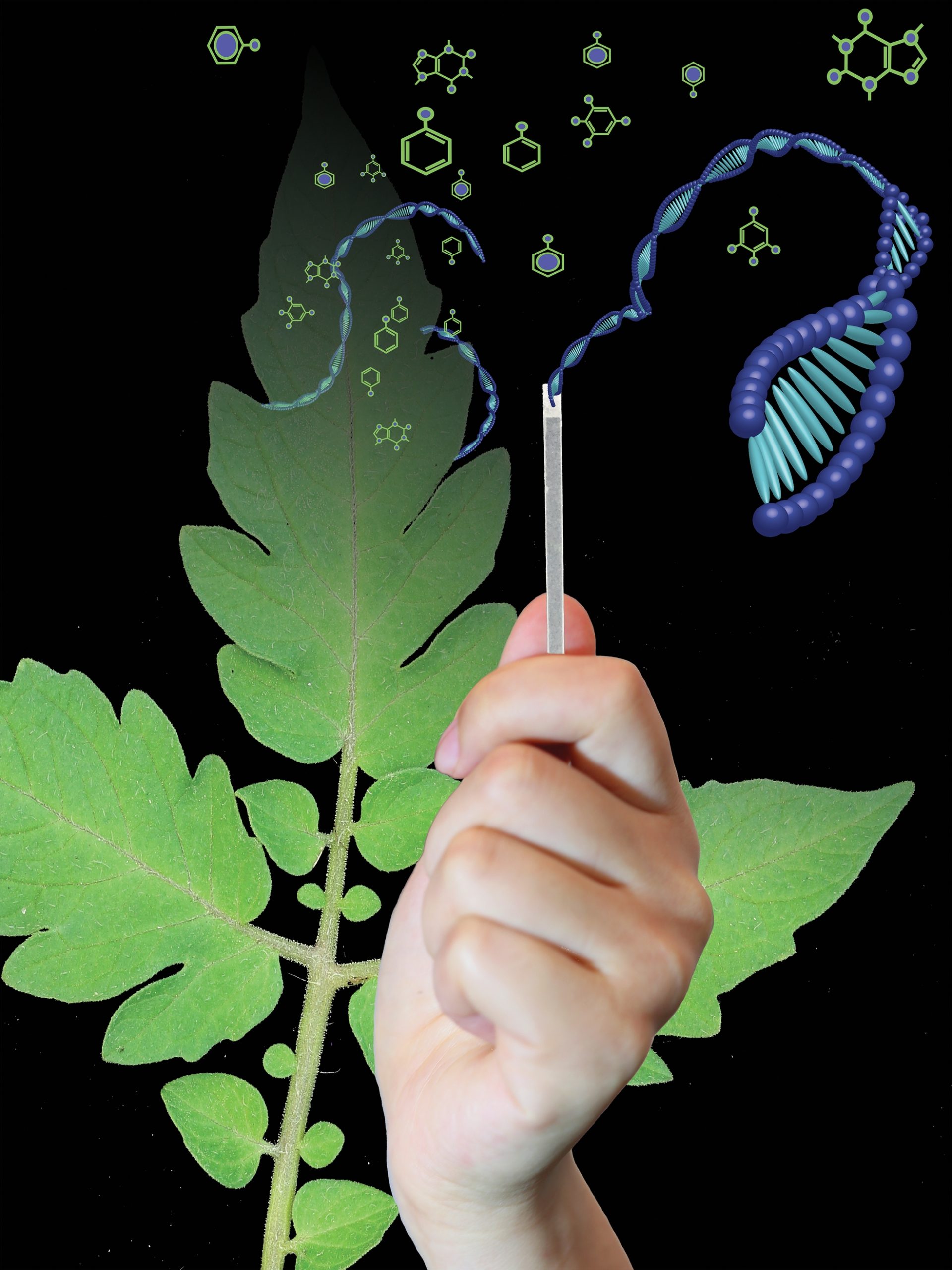Biggest Hits – PLOS Biology in the Media in 2017
We’re taking a look back at the articles that have made a splash in the last 12 months, both in terms of media coverage and article views. These are just some of our favourites from 2017, and with 262 articles to choose from, selecting our top picks was not easy!
Evolution: Oldest plants, indestructible creatures, and survival of the fittest in the 21st Century
The discovery of red algae preserved in 1.6 billion year-old rocks in India has pushed the origins of eukaryotes back by about 400 million years. This crucial paper for dating the history of life on Earth has been viewed 35,000 times and was covered in Science, Nature, the BBC, the Independent, New Scientist, Voice of America, Christian Science Monitor, Scientific American, and many more.

Scientists have sequenced the genomes of two species of tardigrade, tiny creatures that have the astounding ability to withstand temperatures from absolute zero to 150°C, complete desiccation, the vacuum of space, and high levels of radiation. The article provides genetic insights on just how they manage to survive; it has been viewed 30,000 times and featured on BBC News, Wired, Smithsonian Mag, CNN, New Scientist, and even Breitbart.
In the 21st century, is natural selection still culling gene variants in the human population? This article suggests that the grim reaper winnows out people carrying genetic determinants of Alzheimer’s disease, tobacco addiction and cardiovascular disease as the population ages. The paper has over 34,000 views and was covered in The Atlantic, Discover, Nature, Scientific American, The Independent, The Telegraph, Newsweek, New Scientist, among many other outlets.
Neuroscience: Listening to your gut, ‘autofill’ in speech, and communicating with the locked-in mind
Gut bacteria may influence your food choices by sending signals to the brain that can increase or suppress your appetite for specific nutrients. This ‘food for thought’ study (which is done in flies) has been viewed 31,000 times and was featured in Scientific American.

Researchers have found that both the human and primate brain can predict what is going to come next when we hear speech, much like the autofill function in texting. This mechanism allows the brain to cope with unpredictability in the world and minimise the element of surprise. This research article was featured in Scientific American and has 12,000 views so far.

How can we communicate without motor function? Through a brain-computer interface it has been possible to communicate with individuals in a “completely locked-in” state with >70% reliability. This remarkable study has been viewed over 68,000 times and was featured in 148 news outlets at our last count, including the BBC, CNN, Telegraph, the Guardian, New Scientist and even Fox News and Breitbart.
Tech innovations: Sensing health and building your own lab!

Are Fitbits and Smart Watches gimmicks for the hypochondriacs, or do they provide clinically useful information? This Research Article suggests that data from wearable sensors that continuously monitor heart rate, skin temperature, blood oxygen levels and activity in a range of human volunteers going about their day-to-day business can yield “physiologically meaningful and actionable” information. This very cool paper has been viewed 69,000 times and was covered in a huge number of news outlets including Wired, Huff Post, New Scientist, Scientific American and Time Magazine. It’s also the subject of this blog post by NIH director Francis Collins.
The drive for low-cost portable lab technology led to some great innovations in 2017. One of our most viewed papers in 2017 describes a dipstick that can be used to extract DNA and RNA from biological samples in just 30 seconds, using nothing more high-tech than a piece of paper towel. The paper has been viewed 75,000 times and was one of our first Methods & Resources articles.
Lego and 3D-printing feature prominently, firstly with Lego liquid-handling robots for teaching and research. This paper has been viewed 22,000 times and was particularly lively on social media. Our favourite tweet has to be “Why go to all that effort and NOT build a driver’s cabin for a minifigure!”
Another one of our top hits from 2017 was a 3D printed lab platform combined with a Raspberry-Pi computer that could be built for just $100. The article has been viewed 29,000 times and shows that high-tech research is possible on a shoestring budget.

Another paper describes how to build a miniature robotic lab, called an Ethoscope, which can automatically record and score fly movements, allowing researchers to learn more about fly behaviour. The customisable set-up can be 3D printed or made from Lego or folded card and has so far had over 10,000 views.
Meta-Research: Reproducibility in cognitive neuroscience and cancer trials, and ‘spin’ in biomedical research

A Meta-Research study of thousands of research papers across the fields of cognitive neuroscience and psychology suggests that a substantial proportion of papers lack sufficient sample numbers to support their conclusions; the authors estimate that up to 50% of findings may be just plain wrong. This paper has had a huge 43,000 views.

The general public often get biomedical claims wrong, but the experts presumably get it right, don’t they? Unfortunately not; this study found that cancer scientists routinely hugely overestimate the extent to which high-profile preclinical studies will be successfully replicated. It has had almost 10,000 views and was covered on National Public Radio.

We all know that politicians use “spin” to fit the facts to their agenda, but what about scientists? This Meta-Research Article surveyed more than 4,000 biomedical papers, finding that more than a quarter may use practices that distort the interpretation of results, mislead readers so that results are viewed more favourably, or inappropriately imply a causal link. This controversial piece has been viewed 18,000 times and was widely tweeted.
Major magazine articles
Each year PLOS Biology publishes a wide range of thought provoking magazine pieces, and 2017 was no different.

Our highest viewed paper of 2017 is a Perspective piece that suggests that the sugar industry hushed up health concerns about their products. Internal documents from the Sugar Research Foundation provide evidence for the suppression of “inconvenient” research that hinted at roles for sugar in hyperlipidaemia and cancer. The paper was tweeted 12,000 times, has 110,000 views and was covered in numerous news outlets including Der Speigel, El Pais, Independent, CBS News, Newsweek, Chicago Tribune, NPR, CNN, Guardian and Washington post.
To mark 60 years since Francis Crick first described his radical “Central Dogma” this Essay assesses the earliest surviving written expression of the concept that “DNA makes RNA makes protein” and examines the long-term implications of Crick’s ideas. The article has been viewed 41,000 times, was very lively on social media, and was covered on BBC Radio 4’s Today Programme and Inside Science.
Ecology: The Great Barrier Reef, alien birds, and bats with accents
What hope is there for the Great Barrier Reef? Out of the 3800 or so individual reefs, scientists have discovered 100 regionally connected undisturbed reefs which have the potential to supply coral larvae needed for regeneration to almost half of the entire Great Barrier Reef ecosystem in a single year. The article has 8,000 views so far, and was featured in The Telegraph, Independent, Guardian, and Newsweek.
Alien species are a major component of human-induced environmental change. This Research Article presents a global database of the distributions of alien bird species, and shows which parts of the world are rich in alien bird species, and why. It turns out that a major historical driver was European (largely British) imperialism during the 16th to 19th centuries, followed more recently by the global trade in caged birds. The paper has almost 17,000 views, and was discussed in The Smithsonian and on BBC Radio 4’s You & Yours programme.
It’s surprisingly hard to show whether animals learn how to make calls, as opposed to it being hard-wired; however, the authors of this article showed that they could create bat “dialects,” by playing back manipulated calls to Egyptian fruit bat pups. The young bats “crowd-sourced” the calls from their roost-mates instead of learning from a single teacher. The paper has 10,000 views and was covered by Nature, the New York Times, National Geographic, Scientific American, and the Daily Mail.
Featured image credits, clockwise from top: Kazuharu Arakawa and Hiroki Higashiyama, Tim Blackburn, Peter Mumby, Eran Amichai, Gil Costa, Wyss Center, Stefan Bengtson, Xiao Li and Charles Abbott III, and Michael Mason.










